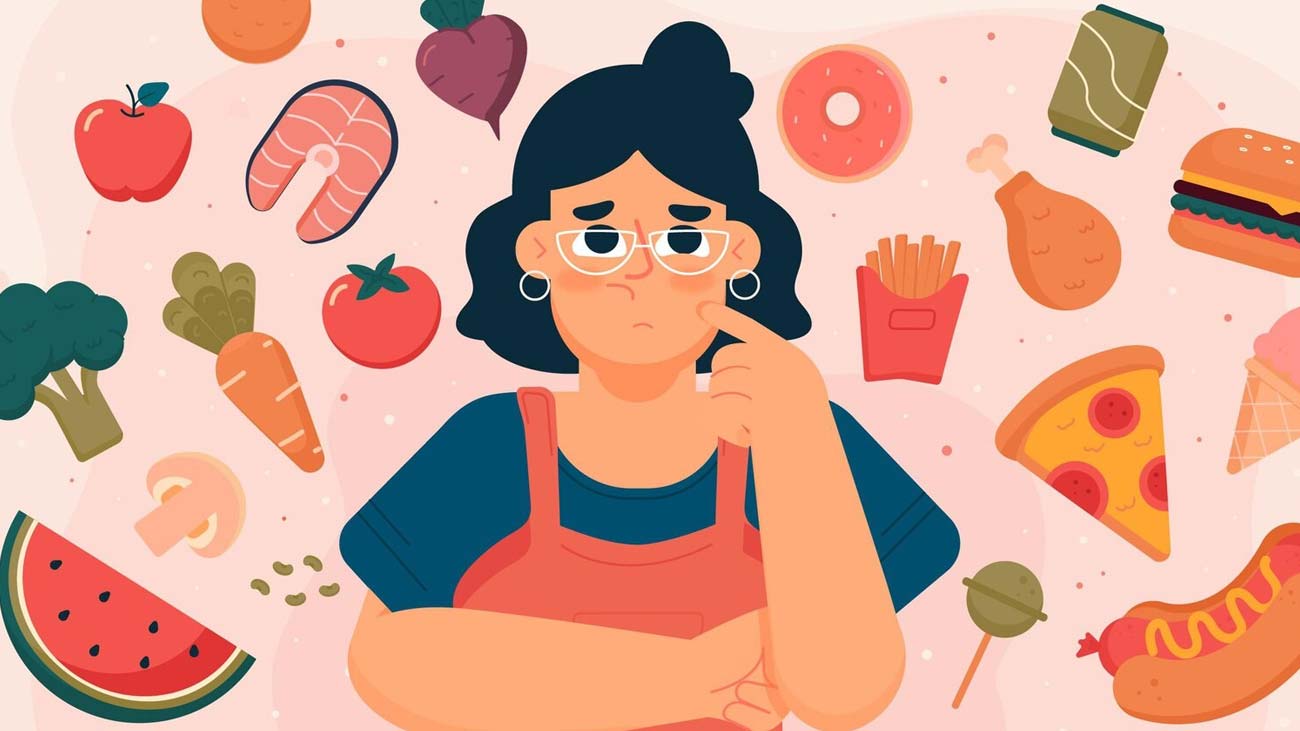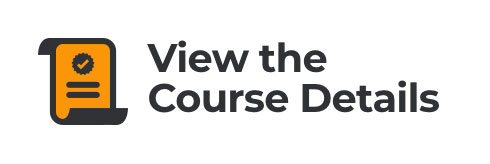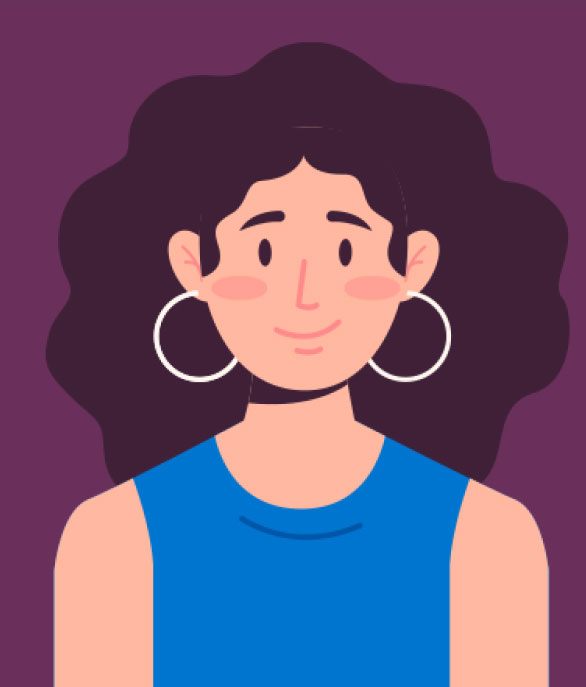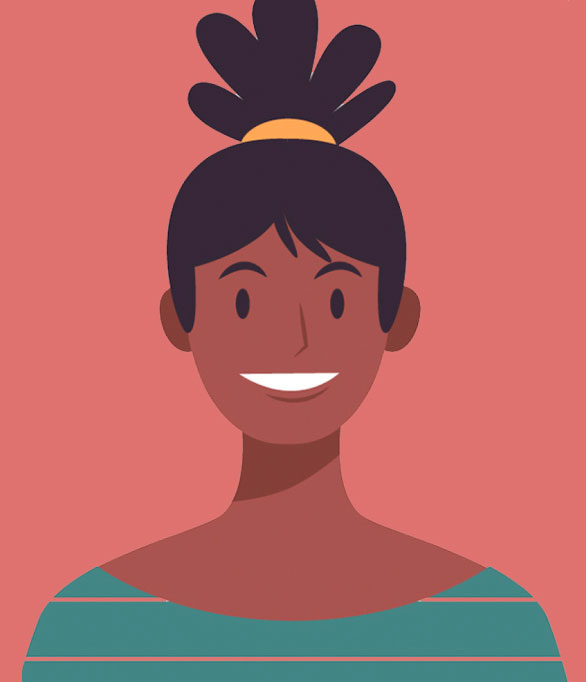This post is a refresher on why each part of the Kidney Stone Diet is important and how each goal can lower your stone risk. If you forget the goals, here is a pretty infographic to put on your phone.
Drink Your Fluids
Students ask me all the time, “How much do I need to drink to prevent kidney stones?”
Drinking enough fluids to produce at least 2.5 liters daily is best. Because your diet varies, the amount you need to take in may vary.
I am on a low-salt diet; you may not be. If we drank the same amount of fluids, I’d pee more because my body is not retaining any extra fluid. The same goes for someone who eats a lot of fruits and veggies—if you have a carnivore and a vegetarian drink the same amount of fluids, the vegetarian will pee more because there is more fluid in the veggies and fruits compared to meat. This is why we give you the specific amount we want you to urinate each day—not how much to drink.
Also, why are urologists telling 100-pound and 200-pound people to drink the same 100 ounces of fluids daily? There is no generic answer to the water goal. It will be different for each of us.
How will you know if you are peeing enough each day?
An easy guide will be to look at your urine. If it looks clear, then you are doing a good job. If it is darker, drink up, my friend.
What fluids should you drink?
All fluids count, but water is best. Alcohol, coffee, and sugary drinks should be had in (you know what I’m going to say)…moderation.
Do you need alkaline or electrolyte water?
Most people don’t need alkaline or electrolyte water unless they’re an athlete. These are all expensive gimmicks for companies to make money. And for some of you, those alkaline drinks could increase your pH, and that is one of the reasons you are making stones to begin with, but you will never know unless you do a 24-hour urine collection. Get that ordered if you have not.
What happens if your doctor says the dreaded, “Let’s wait for a second stone before we test.”?
PUSH BACK!
Eat Less Sodium
The goal of the kidney stone diet is 1,500 mg of sodium per day. That also coincides with other health organizations.
The old goal from the American Heart Association was 2,300, but that has been lowered to 1,500 mg/day. This goal is challenging for many patients but can be accomplished with practice. The more salt you eat, the more fluid you retain. Higher sodium levels can affect kidneys and heart function over time.
Check all labels.
Many patients will say, “Jill, my chips are low in salt, so why is my salt so high?” A lower sodium product is only lower in sodium if you eat the portion size on the label. Food like chips is tough to eat in portions. If you cannot eat within the portion size, maybe it is time to stop buying those chips. Know thyself.
Perhaps the most critical takeaway regarding the sodium goal of the Kidney Stone Diet is that too much sodium leaches calciumfrom your bone, and excess calcium is sent to the urine. Too much calcium in the urine can increase your risk of stones as this excess will bind with oxalate and phosphate. When calcium is leached from your bone, you can also wind up with osteoporosis, which many of my patients have. Dr. Coe always says, “Wherever there is a stone clinic, a bone clinic is nearby.”
When I look at urine collection results and see high urine calcium, I tell my patient to ask their doctor for a bone mineral density test to ensure they don’t have the beginning stages of bone disease. This is precisely why I am always hollering about getting a 24-hour urine collection done. Demand it. I can’t tell you how many of my patients have bone disease as well as stone disease, but would never have known if they hadn’t gotten their urine collection done. Trust me on this one!
Eat Less Added Sugar
When we overeat salt, we retain more fluids—sugar does the same thing?
That’s right, overeating added sugar causes increased fluid retention. And too much added sugar can cause leaching of calcium from your bone and into your urine.
Read this article I wrote for the University of Chicago.
What is the difference between added sugar and sugar in fruits?
Think about it this way. Fruit has natural sugar. The food came with the sugar. It naturally occurs in the food. A candy bar has added sugar; you’ll see this by reading the ingredient list. You’re allowed up to 25 grams/day of added sugar for women and 38 grams/day for men. Again, the American Heart Association has the same guidelines (a bit less than ours).
In my Group Coaching Calls with Jill service, we discuss sugar a lot. People typically have a hard time lessening their sugar intake. Foods that contain a lot of added sugar, like cookies, cakes, and candies, tend to be comfort foods. But when we overeat these comfort foods, we feel ashamed, angry, and disappointed in ourselves. And then, to alleviate these feelings, we eat more cookies, cakes, and candies, and the vicious cycle begins.
Our food issues are always a hot topic in our group calls. People find support and love from others who understand, not from the cookies, cakes, and candies they are turning to.
To help you with salty and sugary treats, I have created a kidney stone diet SAFE snack and dessert book. Thirty recipes that will curb your cravings and still safely fit into your KSD goals. Includes low-oxalate protein bars!
Consume Enough Calcium
To lower urine oxalate, we need to get enough calcium daily.
This idea is novel for this of us who stopped using dairy decades ago. Or if you have been getting your calcium needs met, you did it by drinking almond milk, which could have contributed to your kidney stone.
We need calcium because our skeleton must be fed to prevent osteoporosis. But until you have bone issues or kidney stones (or both), no healthcare person has discussed your calcium needs. We don’t know what we don’t know.
How much calcium do you need?
Women and men need 1,000 mg/day.
Postmenopausal women need up to 1,200 mg/day.
More is not better, and don’t drink or eat more than 500 mg at a sitting. Please aim for your goal by spreading out the consumption with each meal. If you don’t meet your calcium goal on a given day, get up tomorrow and get back to work. No one makes a stone overnight.
Don’t use dairy?
Here’s an article for my vegan friends on how to get enough calcium. We all need calcium, but not from pills. More on that topic here on my YouTube channel.
Meat Protein
People come to me because of low-carb diets like keto and paleo. Or the extreme Carnivore diet. Too much meat protein can raise urine calcium, lower citrate and pH levels, and increase uric acid. All of these things can contribute to kidney stone disease.
Your doctor may tell you to stop eating meat altogether, but that is unnecessary (unless there are other reasons they are telling you this) to prevent kidney stones. We want you to eat NORMAL portions of meat. Here is a MEAT protein calculator where you can see how much is too much.
Meat is considered anything that flies, swims and runs. Eggs and dairy have protein but are NOT included in the meat protein section. This doesn’t mean you should eat 20 eggs per day. Eat all food in moderation. I know I am not winning any friends with this advice, but it is best.
For those who have diabetes, I know that you typically were told to eat lots of protein to compensate for the lower sugar you’re eating, and that it’s suitable for stabilizing blood sugar. Healthy fats and fiber are also excellent ways to stabilize blood sugar. Eat your high-fiber fruits and veggies, avocados, etc, to make up for lowering your meat protein.
Join a group call for more help on topics like this—the most affordable (6 bucks a week) way to work with me and others and get the support you need.
Oxalate, Oxalate, Oxalate!
Oh, oxalate. Everyone is terrified of you, but you are the easiest to fix.
You may have formed stones because you upgraded to healthy habits, but went a bit overboard on all the highest oxalate foods without meeting your calcium needs.
When you first find out you have stones, if you were given any advice at all, it was to drink more water, and given a pamphlet about staying away from all green leafy veggies, chocolate, and beets. Or something generic like that.
My Kidney Stone Prevention Video Course is filled with all the details on oxalate, and so is my YouTube channel. All food is back on your table except spinach, almonds, and super-high oxalate foods like rhubarb.
Here is a chart listing the highest oxalate foods Harvard studied.
That doesn’t mean you can never have some of those foods; have them in limited amounts, not every day, and have a calcium source with them. Spinach is too high at over 700 mg/cup, and almonds are too hard to control in standard portion sizes—that’s why I say no to almonds.
Your friend and advocate,
Jill














Leave a Reply